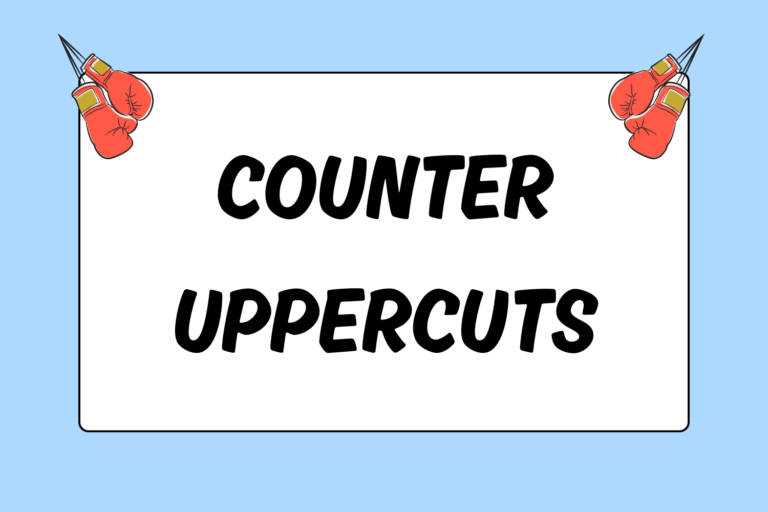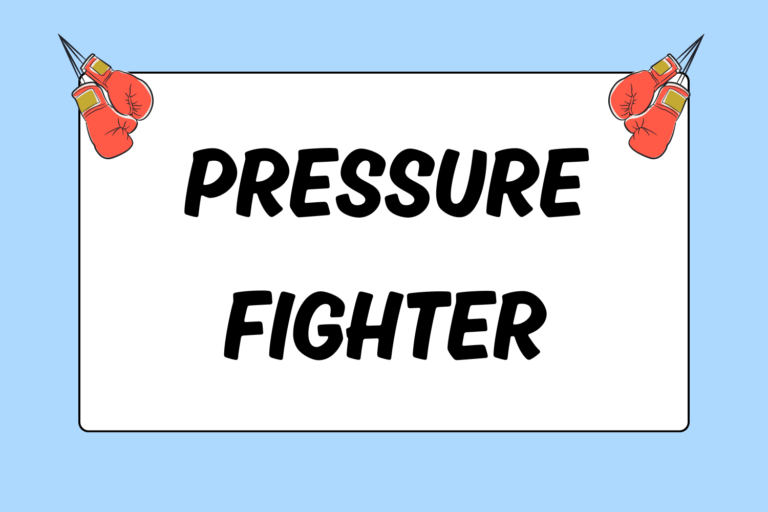At its earliest stages, the sport of boxing had very few rules and regulations. The object during the time of the Ancient Greeks and Romans was simply to outlast the opponent. In this case, “outlasting” meant numerous things, such as surviving while your opponent lay dying on the ground. Over the course of time and many blood-ridden fights, however, rules and regulations were implemented. This was done in order to make the sport fair and civilized, while still allowing the object of the game to continue: Hit and don’t get hit.
Although boxing’s rules and regulations differ slightly among different bodies and organizations, the sport has a number of common features that are easily identifiable. In its most simplistic form, boxing is a sport that takes place in a square-shaped ring between two athletes. The boxers look to “knock out” the opponent or out-point the opponent by landing clean punches on the body and head without receiving more blows in return.
Here are more of the sport’s general rules and regulations, followed by some specifications for different governing bodies.
Equipment
Gloves
This is the most noticeable piece of required equipment for boxers. Boxing gloves provide padding and are worn to protect the hands and wrists of the boxer, as well as the head and body of the opposing boxer. Professional boxers use gloves of varying sizes, but the majority of professional organizations require boxers to wear gloves of either 8 or 10 ounces. Both boxers must agree on the weight of the gloves prior to the fight.
In most amateur bouts, boxers wear ten-ounce gloves in lighter weight classes, and 12-ounce gloves in heavier weight classes. Prior to putting their gloves on, they are required to have their hands wrapped with cotton wraps or gauze.
The Rest
A mouthpiece has to be worn in order to protect the mouth and teeth, and also to absorb some of the force of blows to the head. Amateur boxers must also wear approved headgear for protection. Protective cups are to be worn at all levels to shield the groin area. Boxers at all levels are also required to wear loose-fitting trunks and soft-soled shoes. Finally, at the amateur level, boxers must wear a sleeveless jersey of a different color than the waistband of the trunks.
Match Procedure
Prior to a match, each boxer is assigned a corner that is referred to as either the red corner or blue corner. The boxer and his team, made up of the boxer’s head trainer, assistant trainer, and cutman, meet in the assigned corner prior to the fight and between rounds. A match is composed of a number of two- or three-minute rounds separated by one-minute rest periods. A bell is rung to signify the start of each round. To signify that there are ten seconds remaining in each round, a ring official uses a hammer to hit a wooden table at ringside.
Several officials will take part in regulating a bout. The officiating team consists of judges who sit ringside, and a referee who is in the ring with the boxers. Judges are responsible for scoring the bout. The referee is the only person who can officially stop a bout; although, a medical professional, the boxer’s corner, or the boxer himself can signal to the referee that they would like the bout to be stopped. Other responsibilities of the referee include: Giving instructions to boxers prior to the fight, breaking up clinching boxers, counting to ten for a downed boxer, and determining when a foul should be punishable by point deduction.
Standard Rules
- Boxers must always be standing on their feet in order to exchange punches.
- Punches thrown by a boxer must land above the waistline of the opposition.
- Punches are the only legal way to hit the opponent.
- Only the knuckle portion of the glove is allowed make contact with the opponent.
- Punches must not land on the back of the opponent, including the areas of the kidneys and the back of the head.
- A boxer hit with an unintentional low blow (a punch below the waist) has up to five minutes to recover and will be considered knocked-out if he is unable to recover.
- The head of a boxer must always be above the waistline of the opponent.
- When a referee breaks up clinching boxers, both boxers must take a full step back before throwing a punch.
- When a boxer gets knocked down, his opponent is restricted from hitting the downed boxer and must go to a neutral corner while the referee makes the ten-count. The ten-count gives the downed boxer the opportunity to get back to his feet to continue fighting.
- Once a boxer stands after being knocked down, he must be approved to continue by the referee. If the boxer is unable to recover from the knockdown, his opponent will win by way of knockout (KO).
- Slipping or falling is not considered a knockdown, but a boxer who has slipped or fallen still cannot be hit while down.
- If a boxer cannot continue due to injury from an intentional foul, the boxer who committed the foul will be disqualified.
- If an intentional foul occurs and does not stop the fight, the referee must take points away from the boxer who committed the foul.
- Boxers who commit unintentional fouls receive a warning from the referee, who can also deduct points from a boxer if the boxer continues to commit the foul.
- Unintentional fouls that end a fight immediately can result in either a ‘no-contest’ ruling or a declared winner. In professional boxing, a no-contest would occur if less than four rounds of the match have been completed. Neither boxer would be declared winner. If the fight has gone past four rounds, then a winner will be declared. The winner, in this case, would be the boxer who has the most points at the current stage of the match. A declared winner via points wins by ‘technical decision.’ A ‘technical draw’ could also occur if the boxers have the same amount of points.
- A referee can choose to stop a fight at any point to protect a boxer from severe injury. The boxer will lose by ‘technical knockout’ (TKO).
Professional Boxing
Although different boxing organizations have their own policies, there are rules and regulations that span the entire professional boxing world. Rounds in professional boxing are always three minutes long with a one-minute rest period between rounds. The number of rounds varies in professional boxing, but championship fights always consist of twelve rounds. Professional bouts always have one referee and three judges scoring the bout.
Scoring in professional boxing is quite different from scoring at the amateur level. Scoring is based on four criteria:
- Clean punching
- Effective aggressiveness
- Ring generalship
- Defense
The 10-Point-Must System is always used by the judges. This system assigns ten points to the winner of each round. The loser receives 9 points for a close round, 8 points if he was knocked down or dominated, and 7 points if he was knocked down twice. If a round is even, both boxers receive 10 points. The boxer with more accumulated points at the end of the match is the winner, as long as two of the three judges are in agreement. If at least two judges have the match as tied, then a draw will be declared. Standard rules apply for KOs and TKOs.
Weight classes for professional boxers may be referred to differently from one organization to the next. However, the same 17 weights make up the weight divisions of all major boxing organizations. The weights are as follows:
- 105 pounds (47.6 kilograms)
- 108 lb (49.0 kg)
- 112 lb (50.8 kg)
- 115 lb (52.2 kg)
- 118 lb (53.5 kg)
- 122 lb (55.3 kg)
- 126 lb (57.2 kg)
- 130 lb (59.0 kg)
- 135 lb (61.2 kg)
- 140 lb (63.5 kg)
- 147 lb (66.7 kg)
- 154 lb (69.9 kg)
- 160 lb (72.6 kg)
- 168 lb (76.2 kg)
- 175 lb (79.4 kg)
- 200 (79.4 kg)
- Unlimited (above 200 lbs)
USA Boxing & Olympic Boxing
There are slightly different rules for boxers under the age of 17 who would like to fight under the organization ‘USA Boxing.’ The rules for the younger age groups can be found in the hyperlink to the USA Boxing rulebook at the bottom of this page.
USA adult boxers must be between the ages of 17 and 34. USA Boxing matches are composed of three or four two-minute rounds. Olympic boxing always consists of four two-minute rounds. Boxers in USA and Olympic boxing are not permitted to have head hair more than five inches below the headgear. Also, boxers must be cleanly shaven other than a mustache of minimal length. A thin layer of petroleum jelly may be used on the face of the boxer, but the jelly is not to be used on the headgear. Petroleum jelly is used in order to allow incoming punches to slide off the face more easily.
Amateur bouts always have one referee and five judges. Unlike professional boxing, which takes into account several factors, amateur boxing is scored solely on the idea of clean punches. Clean punches are punches landed on the upper body or head with the knuckle of the boxing glove.
For USA Boxing bouts, each judge has two counters during each fight, with which he/she counts punches for each boxer. The boxer who has accumulated the most points at the conclusion of the fight on the majority of the judges’ scorecards is declared the winner.
In Olympic boxing, a participant receives a point if three of the five judges press their electronic button within a second of a combination or punch. Judges press the button based on what they believe to be “clean punches.”
Amateur bouts that the referee stops will be recorded as one of the following:
RSC: Referee stopped contest with notations for:
- RSCO … outclasses opponent
- RSCOS … outscored opponent
- RCSI … injury
- RSCH … head injury
The weight classes for USA Boxing are:
- 106 lb
- 112 lb
- 125 lb
- 132 lb
- 141 lb
- 152 lb
- 165 lb
- 178 lb
- 201 lb
- 201+ lb
The weight classes for Olympic boxing are:
- 48 kg
- 51 kg
- 54 kg
- 57 kg
- 60 kg
- 64 kg
- 69 kg
- 75 kg
- 81 kg
- 91 kg
- 91+ kg
NCBA Boxing
The National Collegiate Boxing Association has academic standards that need to be followed by boxers and teams. A boxer must be enrolled as a full-time student in a college that is registered under the NCBA. Boxers have four years of eligibility from their first match. NCBA boxers are allowed to have up to and no more than five crossover bouts on local amateur boxing shows during each NCBA season.
Unlike other amateur bouts that occasionally use 10-oz. gloves, the NCBA always uses 12-oz. gloves for competition. Matches always consist of three two-minute rounds. In addition to individual champions, the NCBA also crowns a team champion based on performance at the national level.
NCBA boxing is scored the same as USA bouts.
The NCBA weight classes are:
- 112 lb
- 119 lb
- 125 lb
- 132 lb
- 139 lb
- 147 lb
- 156 lb
- 165 lb
- 175 lb
- 185 lb
- 195 lb
- 195+ lb
Additional References
National Collegiate Boxing Association Club Manual
Uniform Rules of Professional Boxing
International Boxing Association Technical & Competition Rules





